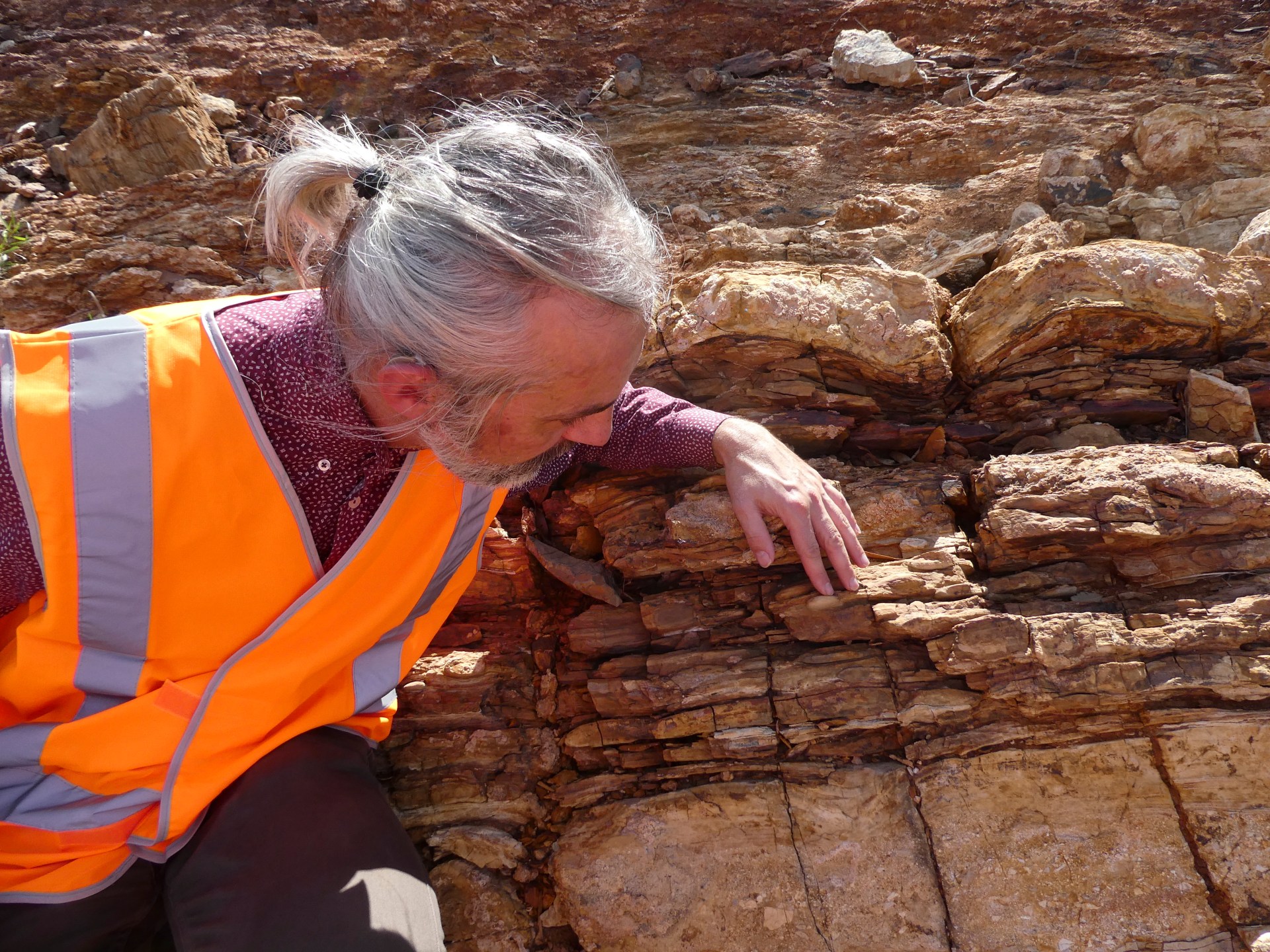
Discovery of microscopic organisms could be ‘ancient remnants’ of human lineage, study suggests
Scientists have discovered a “lost world” of ancient species in billion-year-old rocks from northern Australia, which they say could change the world’s understanding of humans’ earliest ancestors.
Microorganisms called protosterol biota are part of a family of organisms called eukaryotes and lived in Earth’s waterways about 1.6 billion years ago, the researchers report.
Eukaryotes have a complex cell structure that includes mitochondria, the cell’s “powerhouse,” and a nucleus, its “control and information center.”
Modern forms of eukaryotes include single-celled organisms such as fungi, plants, animals, and amoeba.
Humans and all other eukaryotes can trace their ancestral lineage back to the last eukaryotic common ancestor (LECA) that lived 1.2 billion years ago.
The new findings “appear to be the oldest remnants of our own ancestry – they lived before LECA,” said Benjamin Nettersheim, who completed his PhD at the Australian National University (ANU).
“These ancient organisms were abundant in marine ecosystems around the world and may have shaped ecosystems for much of Earth’s history.”
The discovery of the protosterol biota is the result of 10 years of work by researchers at ANU, published in Nature on Thursday.
ANU’s Jochen Brocks discovered with Nettersheim that the protosterol biota is more complex and presumably larger than bacteria, although what they look like is not known.
“Earth’s first predators hunted and devoured bacteria,” the professor said in a statement.
For the study, researchers from Australia, France, Germany, and the United States analyzed fossil lipid molecules found in rock that formed on the ocean floor near what is now the northern tip of Australia.
Northern Australia is known for having some of the best-preserved sedimentary rocks from Earth’s Middle Ages (the mid-Proterozoic period), including some of the oldest biomark-bearing rocks on Earth.
“The molecular fossils trapped in these ancient sediments allow unique insights into early life and ecology,” Nettersheim said.
The researchers found that the molecules had a primitive chemical structure, indicating the existence of early complex organisms that evolved and went extinct before LECA.
“Without these molecules, we would not have known that protosterol biota existed. The early oceans often appeared to be a bacterial world, but our new discovery shows that this is not the case,” said Nettersheim.
Brocks said the species probably flourished from about 1.6 billion years ago until about 800 million years ago.
The end of this period in Earth’s evolutionary timeline is called the Donnian metamorphosis, when advanced organisms such as fungi and algae began to flourish. But it is not known exactly when the Protosterol Biota became extinct.
“The Donnian transition is one of the most profound environmental shifts in the history of our planet,” said Brocks.
“Just as the dinosaurs had to die out for our mammalian ancestors to become large and abundant, the protosterol biota had to disappear a billion years ago to make way for modern eukaryotes.”





